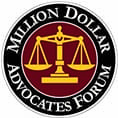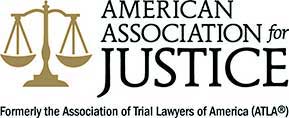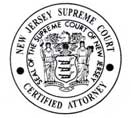Construction Accident Deaths
June 28, 2018
Construction
OSHA’s Focus Four
OSHA’s Focus Four or Fatal Four list includes falls, struck by an object, electrocutions, and caught-in or between. These four causes were responsible for 56 percent of construction-related fatalities in 2010 and 63 percent in 2016. Fall hazards include any exposure to a worksite condition that reduces balance and increases the likelihood of a fall. Electrocution occurs when construction workers are exposed to electrical energy in lethal amounts. Struck-by hazards include all incidents where the worker collides with a moving object. Caught-in or between hazards involve trenching, getting caught in machinery or getting stuck between other objects.
Seeking Compensation For Construction Accidents
Overall, OSHA has been successful in reducing the total amount of workplace fatalities. Despite the agency’s progress, hundreds are severely injured or killed every year while working in this industry. When you’ve suffered a job-related injury, you are entitled to workers’ compensation benefits. In addition, injured parties may decide to bring a personal injury lawsuit against their employer for additional compensation. The construction accident attorneys at Hoyt & Hoyt work alongside engineers, heavy equipment specialists, construction safety experts and accident reconstruction specialists to ensure that you receive the maximum amount of compensation for your injuries. If you’ve been injured at a construction site, then contact the lawyers at Hoyt & Hoyt now at (973) 718-7744.
The articles on this blog are for informative purposes only and are no substitute for legal advice or an attorney-client relationship. If you are seeking legal advice, please contact our law firm directly.





